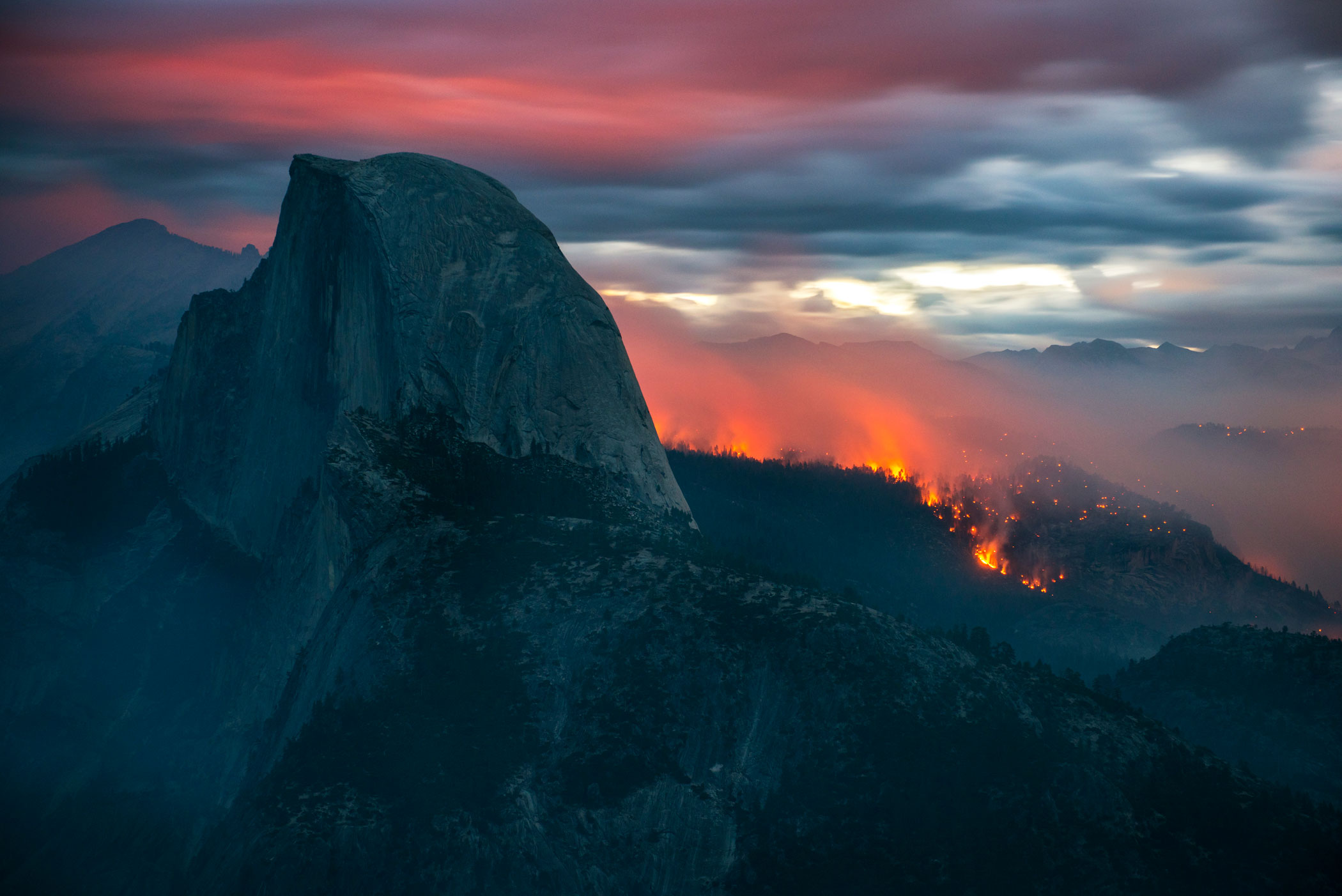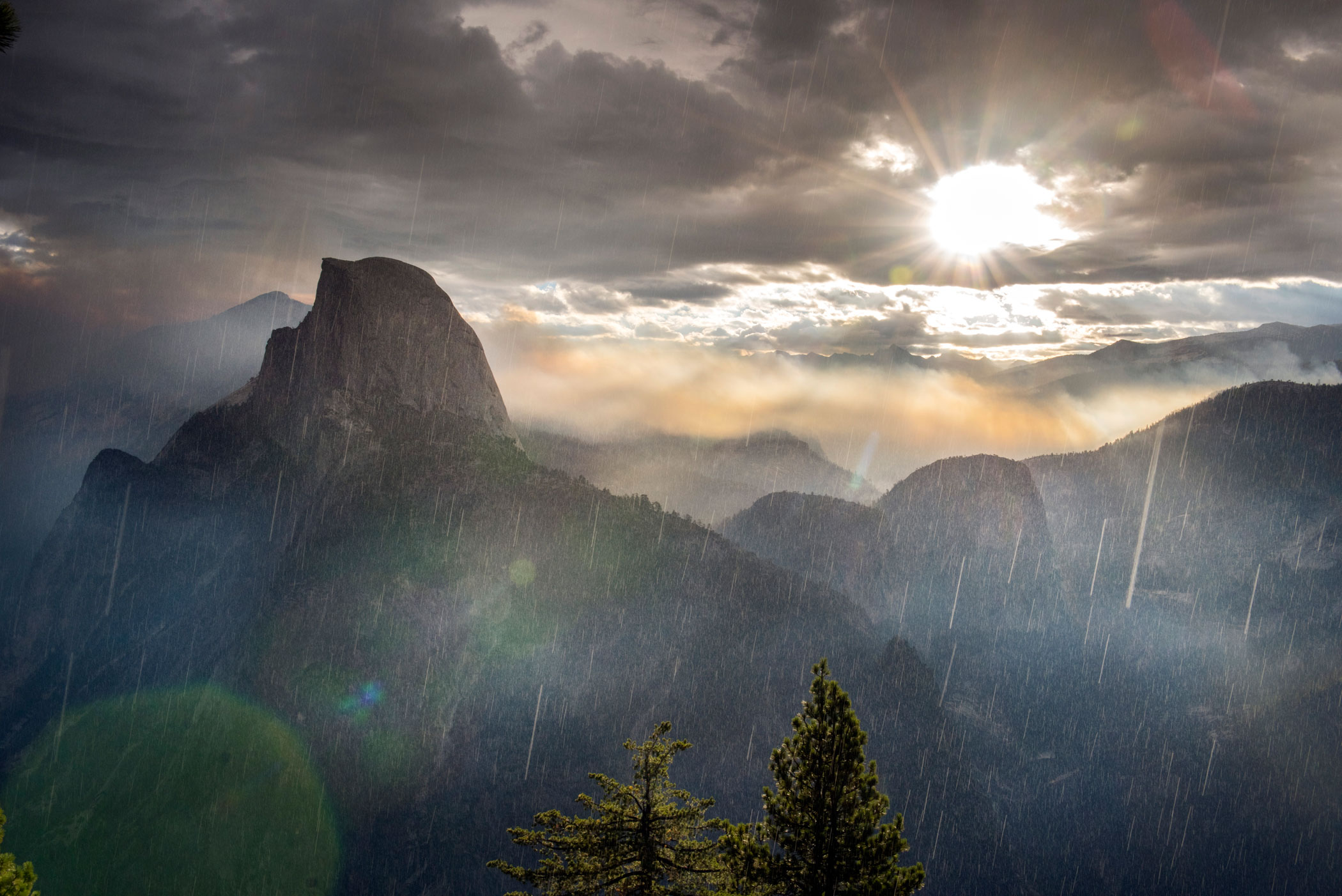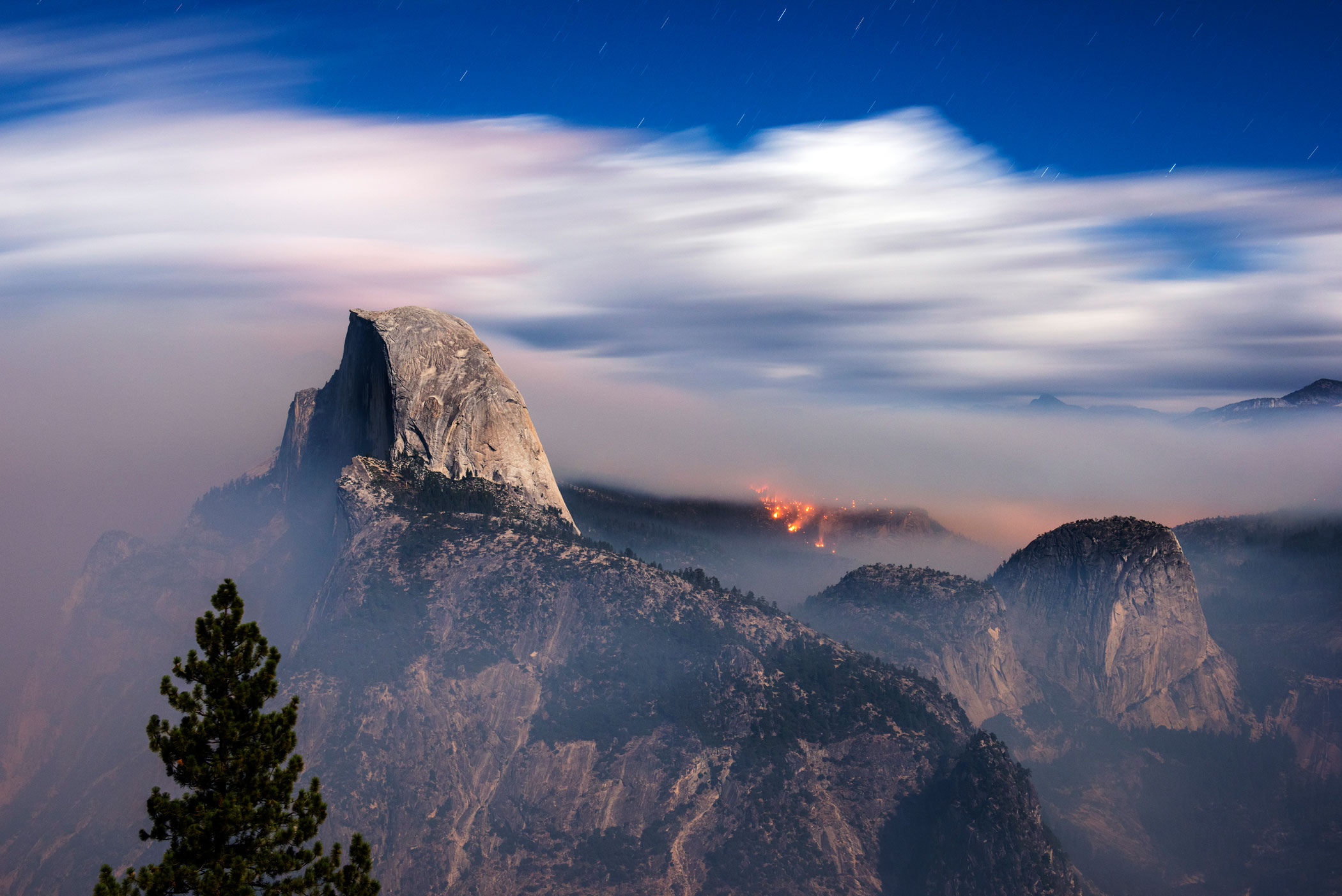
My background in sports gives me a unique perspective. When I heard the news last week that Governor Jerry Brown, who followed me into the governor’s office, had accelerated California’s goal to reduce greenhouse gases, the weightlifter in me was overjoyed.
In the gym, if your goal is to bench press 500 pounds, you set the goal, and then you push toward it. You recognize you will fail along the way, but you keep adding weight to the bar until you reach your goal. At the beginning, the 500 pounds seems impossible, but as you reach milestones—250, 300, 400 pounds—you change your own definition of what is possible. Each benchmark brings you closer to your goal.
In California, I was proud that we set an historic goal to reduce our greenhouse gases by 25% by 2020 and, ultimately, 80% by 2050. I am proud that we are on track to beat our 2020 goal. And I am proud that Governor Brown has added another ambitious milestone—40% by 2030. It brings us closer to our 2050 goal.
Our goal-setting and our progress offer three important lessons for the rest of the country.
When I praise Governor Brown, some people look at me like I’ve lost my mind. I’m a Republican, and he is a Democrat. In our current political climate, we are supposed to be mortal enemies. This is where California can offer the rest of the country our first lesson. Here in California, the environment has never been a political issue, and it shouldn’t be. In the United States, 200,000 people die every year from air pollution-related illnesses. They aren’t dying from breathing Republican air or Democratic air. We all breathe the same air.
No matter what party has occupied the governor’s office in California, we have continued our relentless march to clean up our air. Since Governor Ronald Reagan established the California Environmental Protection Agency, we have stayed on the cutting edge of environmental protection. From the catalytic converter to our tailpipe emission reductions, our regulations have become the nation’s policies. While Washington has been frozen by ideology, we in California have served the people instead of our parties.
Our second lesson is in our commitment to our goals. Oftentimes, in politics, people look for bandaids instead of cures. It’s human nature. Instead of addressing big issues that affect people 10 or 25 or 50 years from now, we prefer to address the things that are affecting people right now.
This is why, during the oil crisis of the late 1970s, as oil prices hit $40 per barrel, the United States enacted policies that made us a global leader in renewable energy. But as soon as the price went back down to $15 per barrel, the United States scrapped those policies and let other countries take the lead in solar, wind, geothermal, and other greener alternatives.
In California, we haven’t wavered. Our consistency extends across every crisis, and it extends across administrations. When I acted to protect our environment, I was continuing the policies of Governor Reagan, Governor Gray Davis, and all the governors who came before me. I was standing on the shoulders of giants.
That consistency has provided California’s third lesson for the rest of the country. When we drafted these laws, some experts said that our economy was going to go straight down the drain. The opposite has happened. Because businesses know what to expect, because they know that our policies won’t change with the next governor, they feel secure here.
Everyone knows that our green economy is going through the roof. We attract more than half of all the green tech venture capital in the United States. Our green tech companies have raised five times as much capital as the second place state. But it isn’t just our green sector. Our economy as a whole is thriving. In fact, we lead the nation in manufacturing, high tech, biotech, agriculture, entertainment, and tourism.
And as we’ve implemented our environmental standards, California’s economy has outpaced national growth. Last year, the United States GDP grew by 2.4%. Meanwhile, our economy in California grew by 3%. This year, California is expected to add 364,000 new payroll positions, good for 2.4% job growth. That beats the nation’s expected 1.8% pace.
We know in California that you don’t have to choose between the environment and the economy. In fact, the opposite is true, and we have proven it by being relentlessly committed to our goals.
When there are big announcements like Governor Brown’s decision to accelerate our goals for emission reductions, people always ask me if I miss being governor of the great state of California, if I wish I could sit there in the capitol to protect my legacy on green issues.
It isn’t my legacy—it’s California’s legacy. California has led the nation in environmental protection for decades. During my seven years as governor, I was happy to continue that tradition, and now, I am happy to watch Governor Brown take up the charge. And I hope I’m still around to see a governor finally lift that 500 pounds.
Read next: Starbucks’ Bottled Water Comes From Thirsty California
The Most Beautiful Wildfire Photos You'll Ever See










More Must-Reads from TIME
- Cybersecurity Experts Are Sounding the Alarm on DOGE
- Meet the 2025 Women of the Year
- The Harsh Truth About Disability Inclusion
- Why Do More Young Adults Have Cancer?
- Colman Domingo Leads With Radical Love
- How to Get Better at Doing Things Alone
- Michelle Zauner Stares Down the Darkness
Contact us at letters@time.com